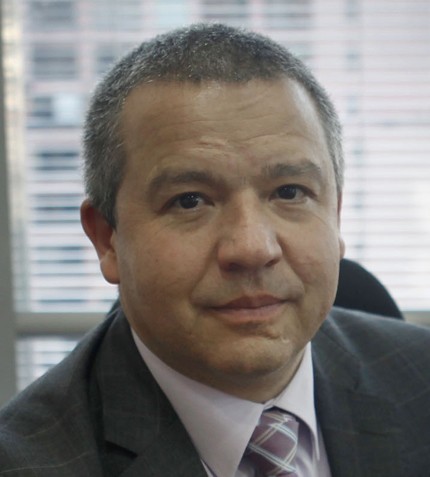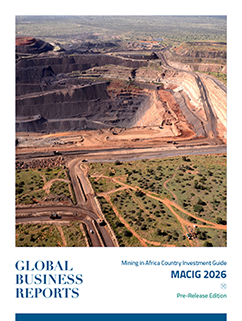
"Arizona currently uses as much water now as it did in the mid 1950’s. Conservation, water banking, and forward-looking water laws have played a tremendous role in this."
Eric J. Mears
VICE PRESIDENT, HALEY & ALDRICH
Can you give us a brief introduction to Haley & Aldrich and the range of services you offer the mining industry?
Our speciality in mining covers basic metals, construction materials and industrial minerals. In Arizona we work with the likes of BHP, Cemex, Vulcan, Calport Mine, and others. Haley & Aldrich partners with clients on challenging projects to deliver innovative solutions. We cover the full spectrum of a mines lifecycle from resource development, entitlement, permitting, water management, operations, closure, reclamation, and post closure.
Which ESG services have been driving Haley & Aldrich growth in Arizona?
When our teams work with a client, we do not look at a specific problem but at the system as a whole. One of those key areas is water sustainability and water licensing. When you look at systems and subsystems you are able to help clients achieve their ESG goals while increasing efficiency. Our team consists of people who have expertise in lean systems. The lean approach to problem solving is a big differentiator. In a lot of cases the client has the problem and solution. Through the lean process we are able to identify a problem, classify, and implement a solution.
What water management risks do companies face in Arizona?
The people of Arizona and the local mining industry have been fortunate to be benefiting from long term planning that the state began between the 1950s and 1960s. Arizona currently uses as much water now as it did in the mid 1950’s. Conservation, water banking, and forward looking water laws have played a tremendous role in this. Fortunately, the mining sector has been at the table for these conversations and plans. The mining sector has been part of the problem historically but also part of the solution. The industry needs substantives amounts of water.
Mines sites have large areas that experience monsoons and at other times they experience extremely dry periods. The industry had to change the way we think about water, especially in regard to storm water. Mines had to stop thinking of storm water as something to get rid of to something to capture, store, and integrate into their processes instead of focusing exclusively on fresh water. This has helped clients build sustainability into their systems. We are constantly looking for ways to do things better. Over the last five years, the way we use water has really changed. Arizona has a lot of laws around keeping aquifers clean and managing discharge. Water management will continue to be a challenge over the coming years.
Permitting delays are a risk for projects in Arizona. Can you give us some insight into this issue?
A large part of my career has been spent dealing with the mine permitting process. There are two levels to it, State and Federal permitting. State permitting in Arizona is a very straightforward process. The State is involved in every mine regardless of which land the proposed mine is on. Things such as aquifers, air quality, storm water pollution, and innumerable environmental permits are under the State, County, or Districts supervision. All State level permitting processes are subject to a licensing time frame. The State has to inform the company how long the process will take and what it entails. So we know for the most part how long it will take and what to expect. There is also a technical revision process. If the project meets technical standards and adheres to regulation it generally will not be an issue.
The major challenge with Arizona is that 70% of the land is federal. Most hard rock mines in Arizona are on federal land. The EPA has to do a detailed environmental analysis on any project that is to take place on federal land. These projects have to be in line with NEPA and follow a rigorous environmental impact assessment. These studies take years to complete, are extremely detailed, and are usually between 500-1,000 pages. Then the results are subject to public review. This is the most difficult aspect of mining in Arizona and the US.
There is a disconnect between what the federal government says and does. They are people in the administration talking about the importance of the 31 critical minerals to national defence, energy independence, and the green transition. On the other hand you have federal agencies that are pre-emptively denying permits or working to reverse favourable decisions from previous administrations. Resolution copper is an example of a mine that had its authorization revoked. We still manage to get through the process, but instead of taking five years it ends up taking 10-15 years. This places us at risk because the mining industry adapts. They will move to jurisdictions with more predictable outcomes.










